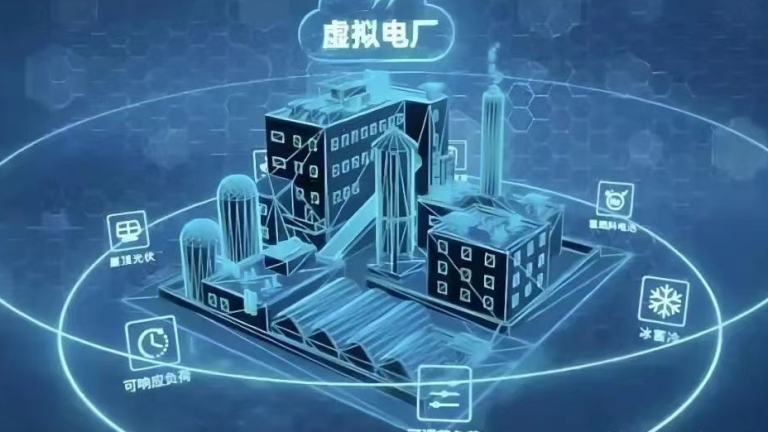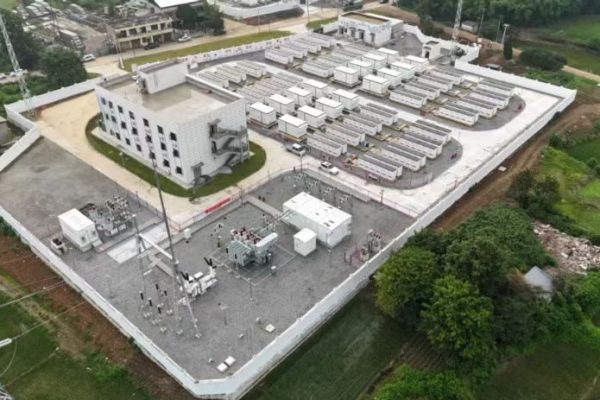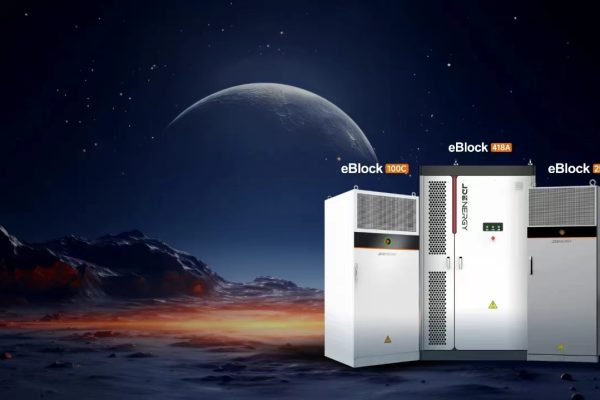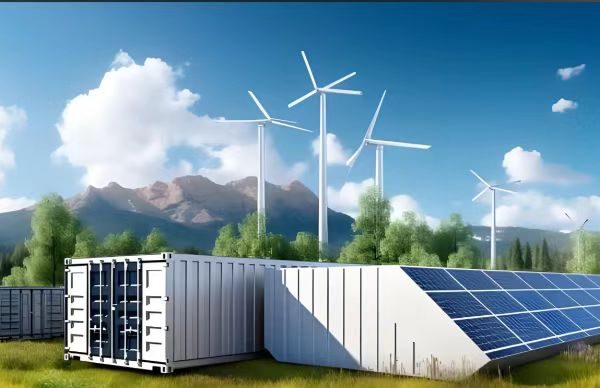Pros and Cons of Bundled vs. Modular Energy Storage Solutions
🏠 Two Approaches to Selling Home ESS
As solar + energy storage grows in the residential market, sellers often face a key decision:
Should I offer complete “kits” — or sell hybrid inverters, batteries, and accessories separately?
For exporters, distributors, and installers alike, this choice affects:
- Profit margins
- After-sales workload
- Client satisfaction
- Scalability
In this article, we compare both models to help you decide what’s best for your market, inventory, and customers.
📦 What Is a “Kit” in the ESS Market?
A Home ESS Kit typically includes:
| Component | Description |
|---|---|
| Hybrid Inverter | PV + battery charger + grid-tied control |
| Battery Pack | Usually LiFePO₄, with internal BMS |
| Battery Cable Set | Power + communication cables |
| PV Input Protection | Optional breakers, fuses, SPD |
| Pre-matched firmware | Tested and pre-configured for compatibility |
Some kits may also come with:
- Pre-crimped terminals
- Mounting brackets
- WiFi dongle or 4G stick
- Factory pairing + pre-commissioning
⚡ These are marketed as “plug & play” systems to simplify installation and after-sales.
✅ Benefits of Selling a Kit
1. Simplified Sales & Quoting
- You quote one part number instead of 5–6
- Easy for homeowners to understand
- Reduces configuration errors in B2B sales
2. Guaranteed Compatibility
- Inverter and battery are tested together
- Pre-loaded communication settings
- No need to match protocols, voltages, or pinouts
🧠 Especially useful when dealing with newer installers or non-technical clients.
3. Lower After-Sales Risk
- Fewer unknowns = easier troubleshooting
- One supplier handles the full system
- Reduces “blame game” between battery and inverter brands
4. Better Branding and Packaging
- OEM kits allow logo customization
- Pallet-ready export packaging
- Easier to present at expos or in marketing videos
❗ Downsides of Selling Only Kits
1. Less Flexibility for Clients
- Can’t choose their own battery or inverter brand
- Harder to upgrade components (e.g., higher PV input)
- Not ideal for retrofits where parts already exist
2. Higher Upfront Inventory Cost
- You must stock full kits
- Bigger investment per unit
- Slower stock turnover if demand shifts (e.g., 5kW kit vs. 10kW)
3. Limited Appeal to Technical Installers
- Experienced installers prefer choosing brands they trust
- May feel locked in by fixed kits
💬 Some may say, “I only use Brand A inverters” — even if your kit uses Brand B.
🔧 Benefits of Selling Separate Components
| Advantage | Why It Matters |
|---|---|
| Customization | Adapt to different budgets, roof sizes, load types |
| Modular Upgrades | Add more batteries later, change inverter later |
| Brand Preference | Installers or clients can choose trusted brands |
| Better Local Sourcing | Batteries or mounts may be cheaper locally |
| Faster Shipping | If one part is delayed, others can still ship |
This is ideal for experienced installers, retrofits, or markets with mixed standards.
❗ Risks of Selling Separate Components
- Compatibility issues (e.g., RS485 comms not working)
- Client-side wiring errors
- Unclear warranty responsibilities
- Longer commissioning time
⚠️ If an installer mismatches battery voltage or uses wrong cable size, it becomes your tech support problem.
🌐 Export Perspective: What Model Works Best?
| Region Type | Best Option |
|---|---|
| 🇺🇸 Mature DIY market | Separate components (high customization) |
| 🇿🇦 Load-shedding regions | Pre-bundled kits (speed & reliability) |
| 🇮🇳 Budget-sensitive markets | Entry-level kits + flexible upgrades |
| 🇪🇺 Grid-tied + smart homes | Mixed: modular inverter, bundled battery |
| 🇲🇾 / 🇵🇭 First-time solar users | Plug & play kits with remote support |
🛠 Hybrid Strategy: Offer Both
Many successful brands offer:
- Starter kits (e.g., 5kW + 5kWh, expandable to 10kWh)
- Component menu (for pros who want to mix brands)
- Upsell options (e.g., add 4G module, EV charger)
This lets you:
- Serve different customer types
- Reduce returns from misconfiguration
- Build long-term upgrade paths
🧾 Checklist Before You Offer a Kit
✅ Battery and inverter have proven communication
✅ Voltage, current, and firmware are matched
✅ All accessories (brackets, cables) included
✅ System pre-tested under load
✅ Clear installation guide or video available
✅ Warranty and support responsibility defined
✅ Optional remote setup service included
💡 Conclusion: Match the Sales Model to the Client
Kits are great for:
- First-time users
- Entry-level markets
- Installers with low training
Separate components are better for:
- Technical installers
- Retrofits and expansions
- Projects needing flexibility
The best strategy? Offer both — but control quality. Build kits for speed and simplicity, while supporting modular orders with clear compatibility charts and trained support.









